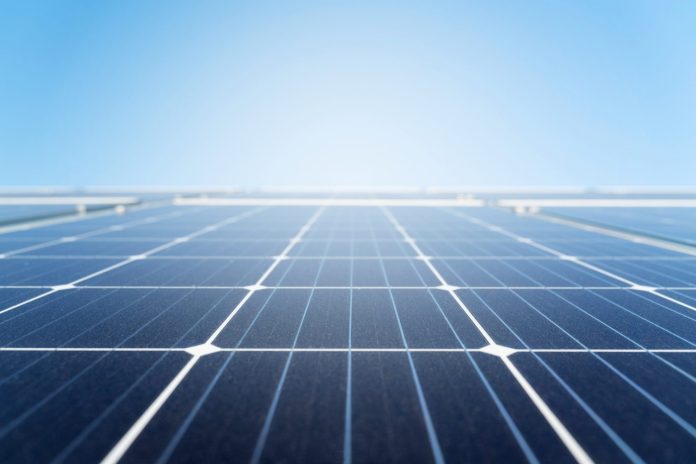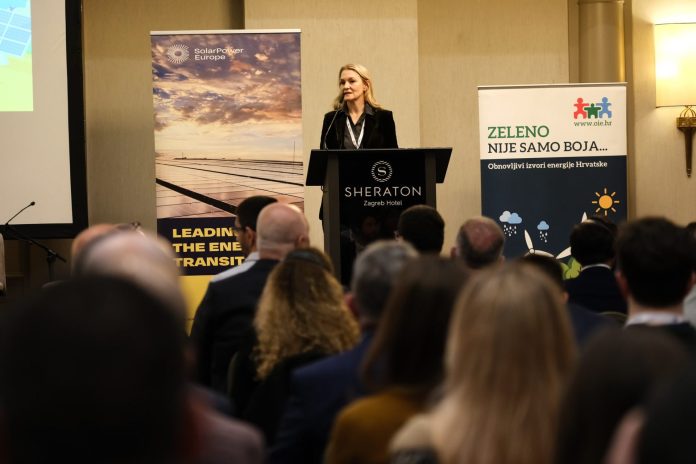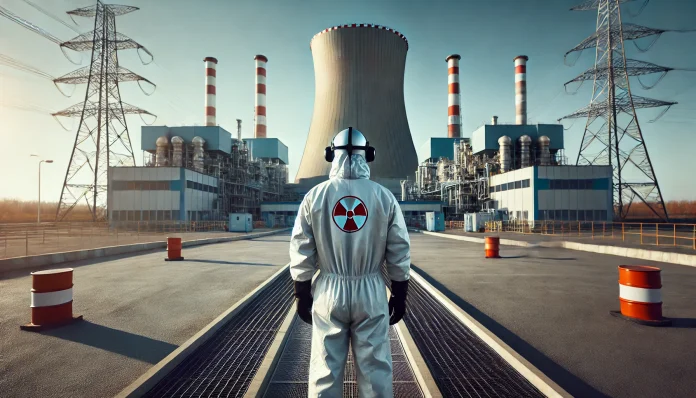During the night between Saturday and Sunday, a malfunction at a private thermal power plant in Panama caused widespread disruptions in the country’s electricity supply. The incident occurred when a fire broke out at one of the plants, triggering the power grid’s protective mechanisms and leading to a complete collapse of the national electricity network.
The blackout severely impacted essential services, including the distribution of drinking water, as water pumps ceased operation. This, in turn, led to water supply interruptions across large parts of the country, according to global media reports.
Power company workers managed to stabilize the system, and electricity supply was fully restored by Sunday morning. However, the incident once again highlighted the vulnerability of Panama’s energy system and the need for stricter oversight of private energy facilities connected to the national grid.
More:
- Chicago’s Municipal Buildings Powered by 100 percent Renewable Energy
- Global Battery Market: China Leads, Europe Seeks Solutions
- What Happens When Almost an Entire Country Loses Power – Chile’s Curfew
Additionally, the recent prolonged power outage in Chile in late February demonstrated the far-reaching consequences of such incidents. Unlike Panama’s nighttime blackout, Chile’s outage occurred in the afternoon, halting metro services, trains, elevators, and various commercial activities.
Panama, which has previously experienced short-term power interruptions, now faces the challenge of ensuring the stability and reliability of its energy system. Authorities have announced regulatory reviews and potential reforms in the sector to prevent similar incidents in the future.
In this case, the failure at the private thermal power plant was not merely an internal issue—it triggered a chain reaction across the national grid, underscoring the importance of monitoring and regulating the private sector’s role in energy production.
Energy portal






















